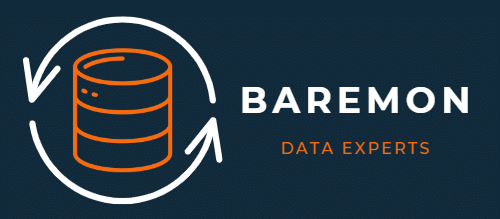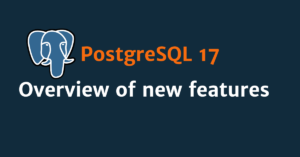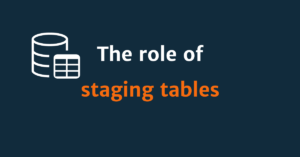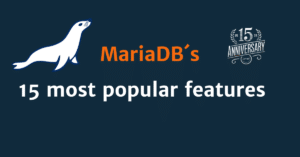Introduction
At Baremon, we’ve been following database rankings closely for several years now. In our 2023 and 2024 reviews, we examined the evolution of database technologies, and now we’re back with the top 10 databases of 2025, analysing their current state, recent updates and positional shifts in the industry.
In this article, we look at the top 10 databases in the current DB Engines ranking, their key strengths, new features released in the last year and whether their ranking has changed since 2024. You can find more industry trends and new database technologies in our companion article.
We use DB-Engines as the primary source for our database rankings as it compiles popularity scores based on mentions in discussions, job postings, social media presence and search engine trends.
Top 10 databases in 2025
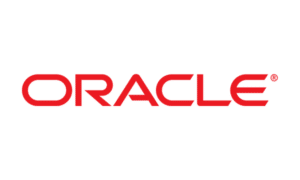
1. Oracle
- Type: Relational database management system (RDBMS)
- Use case: Ideal for large companies that require high security, scalability and performance.
- Strengths: Reliability, robust security and advanced analytics capabilities.
- Weaknesses: High licence costs and complex administration.
- Latest updates: Oracle Database 23c offers native JSON support, improved blockchain security and enhanced AI-driven automation
- Change in ranking: Unchanged at No. 1 Oracle continues to dominate database management in companies.

2. MySQL
- Type: Relational database management system (RDBMS)
- Use case: Ideal for web applications, start-ups and cloud-based solutions.
- Strengths: Open source, easy to use and widely used.
- Weaknesses: Limited scalability for enterprise applications.
- Latest updates: The upcoming MySQL 9.0 focuses on parallel query execution, better replication and improved performance for large applications.
- Change in ranking: Remains in 2nd place, but with increasing competition from PostgreSQL and cloud-native alternatives.
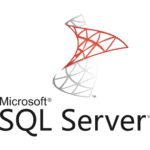
3. Microsoft SQL Server
- Type: Relational database management system (RDBMS)
- Use case: Suitable for companies that rely on Microsoft ecosystems and hybrid cloud environments
- Strengths: Seamless integration with Microsoft tools, high security.
- Weaknesses: High licencing costs, complex licencing model.
- Latest updates: SQL Server 2025 offers AI-supported query optimisation, improved hybrid cloud integration and better data lake functions.
- Change in ranking: No change at #3, but its popularity decreases slightly as companies try open source and cloud solutions.

4. PostgreSQL
- Type: Relational database management system (RDBMS)
- Use case: Ideal for developers who need an open source alternative with high flexibility.
- Strengths: Expandable, powerful and open source.
- Weaknesses: It can be difficult to optimise for large applications.
- Latest updates: PostgreSQL 17 adds support for vector search, improved write-ahead logging (WAL) performance and improved JSONB indexing.
- Change in ranking: Still in 4th place, but adoption continues to grow, especially for cloud and AI-driven applications.
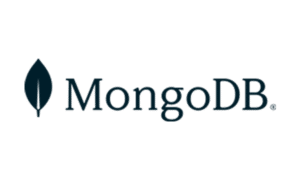
5. MongoDB
- Type: Document-orientated NoSQL database
- Use case: Best suited for applications that require flexible, schema-independent data storage (e.g. content management systems).
- Strengths: High scalability, flexible schema, cloud-native capabilities.
- Weaknesses: Complex indexing and high memory requirements.
- Latest updates: MongoDB 7.2 improves sharding capabilities, time series performance and security compliance features.
- Chang in ranking: Retains its position at #5, but faces competition from new multi-model databases.

6. Snowflake (rise from 9th place in 2024)
- Type: Cloud data warehouse (RDBMS)
- Use case: Designed for large analytics and business intelligence workloads
- Strengths: Seamless multi-cloud support, scalability, strong performance for analytics.
- Weaknesses: Expensive for large queries, requires optimisation to control costs.
- Latest updates: Snowflake now supports AI-driven workload optimisation, improved multi-cloud integration and enhanced security for large-scale analytics.
- Change in ranking: Biggest climber in the top 10, up from 9th to 6th place thanks to cloud-native adoption.
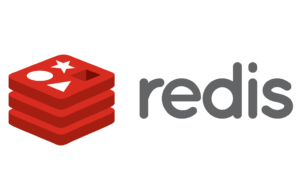
7. Redis (fall from 6th place in 2024)
- Type: Key-value NoSQL database
- Use case: Best suited for caching, real-time analyses and session management.
- Strengths: Extremely fast, simple key-value storage, ideal for real-time applications.
- Weaknesses: Limited query options, problems with persistence.
- Latest updates: Redis 7.4 introduces multi-threaded processing, better memory management and faster data persistence.
- Change in ranking: Dropped one position to #7 as AI-driven vector databases challenge Redis’ dominance in real-time processing.

8. Elasticsearch
- Type: Search and analysis software
- Use case: Optimised for search-heavy applications, log analyses and observability.
- Strengths: Fast search, full-text indexing, scalable.
- Weaknesses: High resource consumption, complex query structure.
- Latest updates: Improved vector search, real-time observation functions and better scalability for AI applications.
- Change in ranking: Stable in 8th place, continued strong acceptance in the areas of search and security analyses.
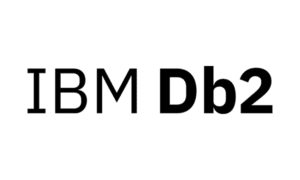
9. IBM DB2 (fall from 8th place in 2024)
- Type: Relational database management system (RDBMS)
- Use case: Ideal for large organisations that require mainframe support and AI-driven data processing
- Strengths: High security, AI-driven automation, hybrid cloud capabilities.
- Weaknesses: High complexity, expensive licencing.
- Latest updates: AI-driven query optimisation, better hybrid cloud integration and improved workload automation.
- Change in ranking: Dropped to 9th place, reflecting the slow decline of traditional enterprise RDBMS solutions.
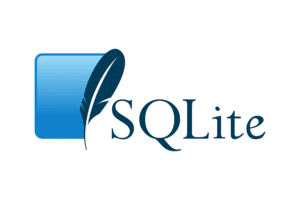
10. SQLite
- Type: Embedded relational database
- Use case: Best suited for mobile applications, IoT and embedded systems
- Strengths: Lightweight, serverless, easy to integrate.
- Weaknesses: Not suitable for large, concurrent workloads.
- Recent updates: Optimised for mobile applications, lightweight IoT use cases and serverless environments.
- Change in ranking: Unchanged in 10th place, remains the leader in embedded database applications.
Conclusion
The top 10 databases of 2025 show a continued shift towards cloud-based, AI-powered and high-performance solutions. The rapid rise of Snowflake reflects the growing demand for cloud-native analytics, while traditional RDBMS solutions continue to dominate but are coming under increasing pressure from open source and multi-model databases.
For an insight into general industry trends, emerging database technologies and the biggest shifts in the rankings, read our companion article on the key database trends for 2025.
Need expert advice on selecting or optimising your database solution? Contact our team at Baremon for customised advice and database strategy.
